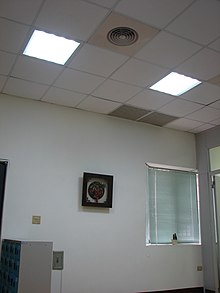


Bomb Jammer - Portable countermeasures for IED Defeat
The C-Guard TXP ECM is a portable, battery powered IED Jamming device, designed for multiple use: it can be operated using a car battery, an external 110/220 Vac or rechargeable batteries, allowing total mobility. The TXP ECM is housed in a trolley-style pelican case which can be carried by one person. Fully ruggedized, this IED jammer can be used under tough environmental conditions.
The TXP ECM is designed for easy and rapid field deployment, providing IED protection also in combat fields where the anti IED vehicle has no access. Blocking multiple frequency bands in one case, the C-Guard TXP ECM can block VHF, UHF, cell phones, satellite phones and more.
The C-Guard TXP ECM IED jammer was built to support any mission profile, including long missions in field. Optional spare rechargeable batteries can be instantly field-swapped during the jammer’s operation, this "hot-swap" option enables continuous use of the bomb jammer for IED defeat.
The C-Guard TXP ECM IED jammer may be operated for anti-IED vehicle protection, and then easily removed from the vehicle to provide portable secutrity for ground troops by powering it using batteries.
Netline offers variety of antennas for the TXP ECM, selected according to mission requirements and limitations. C-Guard TXP ECM Bomb Jammer The TXP ECM is battle-proven and is being used worldwide by: Military forces Bomb-Squads SWAT teams Anti – terror units Special Response Teams VIP protection units For a lighter, portable IED jamming system see the C-Guard ManPac


